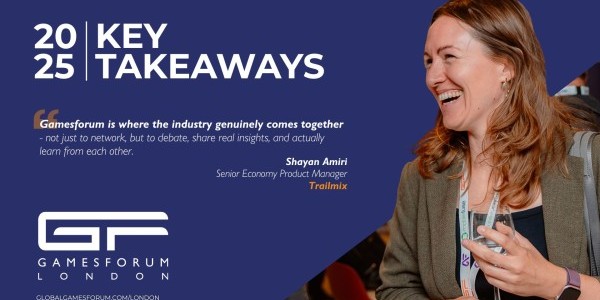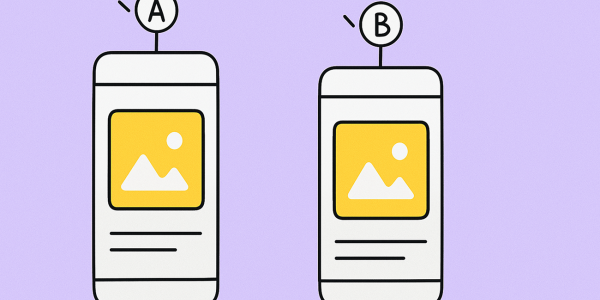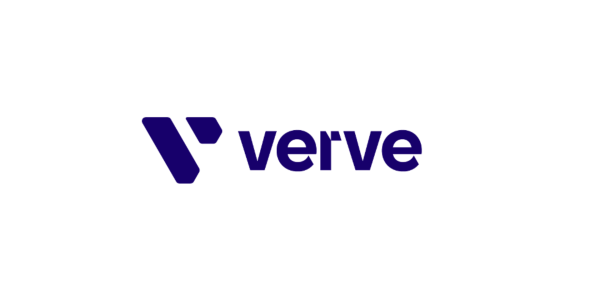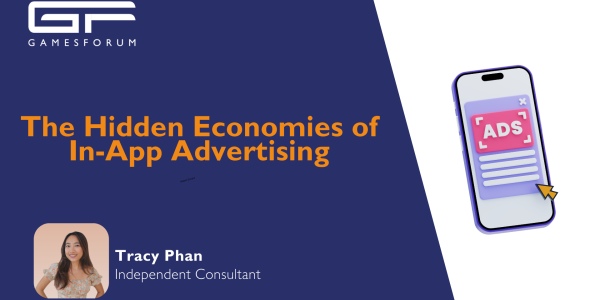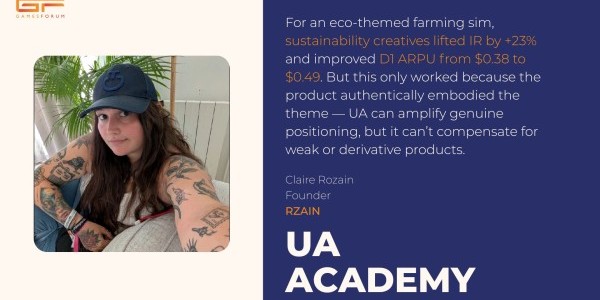‘Gaming Ads Need Smarter Curation, Not More IDs’: Lashanne Phang, VP Mobile & Native Monetization @ PubMatic
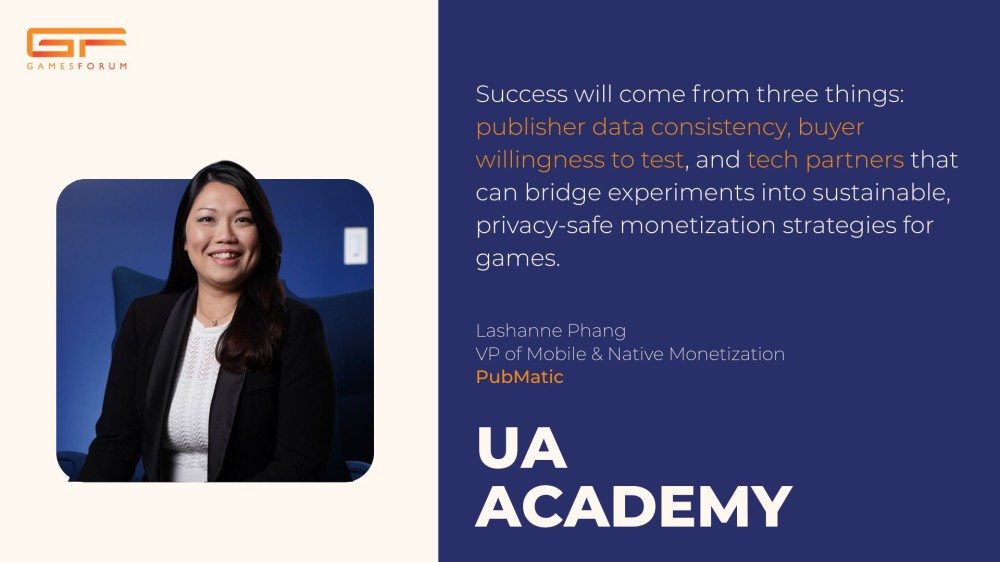
From Roblox to rewarded ads, Lashanne Phang explains how smarter curation and creative alignment unlock win-wins for players, publishers, and advertisers.
Android’s Privacy Sandbox is rolling through Developer Preview/Beta with the Protected Audience API. What tests are you running to prepare for remarketing and segmentation with reduced reliance on device IDs, and what early results look promising for games?
Privacy Sandbox is reshaping how remarketing works, and we’re testing how publisher first‑party signals, like engagement depth or rewarded‑ad propensity, translate into interest groups that align with advertiser KPIs like ROAS or retention. Early findings show these cohorts can be strong substitutes for ID‑based remarketing, without compromising performance.
In addition, our SDK product (OpenWrap SDK) brings value into this project too. Our product and engineering teams participated in the program, and we have been testing its features such as SDK Runtime, Topics, and Protected Audience to deliver values through contextual signals, which we are seeing more and more DSPs are paying attention to.
The focus now is on validating real auction dynamics (match rates, latency, and eCPM impact) to ensure scale. What’s clear is that success will come from three things: publisher data consistency, buyer willingness to test, and tech partners like PubMatic that can bridge experiments into sustainable, privacy‑safe monetization strategies for games.
IAB Tech Lab rebranded Seller Defined Audiences to “Curated Audiences” in Dec 2024. How should game publishers encode gameplay-based cohorts (e.g., session depth, progression state) within this standard, and what buy-side readiness are you seeing?
The shift to Curated Audiences is an important milestone because it puts precision and transparency at the center of audience creation. For game publishers, this is a chance to unlock the value of their unique gameplay signals, like session depth or progression state, and translate them into cohorts that directly map to the outcomes advertisers value most, including installs, retention, ROAS, and long-term engagement.
The key is to start simple. Build a small set of high-value cohorts, package them in a way that is consistent and easy for buyers to activate, and use clear measurement to prove impact. From there, publishers can evolve their strategies and even explore more advanced or AI-driven segmentation as reliable first-party data becomes more widely available.
On the buy side, readiness is improving, though adoption still varies by region and partner. What buyers consistently look for is simplicity, scale, and measurable performance. The biggest hurdle today is fragmentation, as publishers may define similar cohorts differently, and gaming-specific attributes aren’t yet fully standardized. That’s why consistency, education, and partnerships are essential. It’s not enough to just build cohorts; publishers need to actively tell the story of why these signals matter, so buyers view them as both actionable and indispensable.
With SDK bidding now foundational - e.g., OpenWrap SDK and certification with AppLovin MAX - what are the most effective levers for balancing latency, price floors, and the granularity of cohort signals without harming player experience?
With SDK bidding now the industry standard, the focus has shifted to how publishers can optimize yield without creating friction for players. As user acquisition costs rise and monetization margins tighten, lifetime value and retention are more critical than ever, meaning every decision around bidding mechanics needs to balance revenue and experience.
One mistake we sometimes see is trying to apply waterfall tactics, like complex multi-floor setups, into a bidding environment. Instead, the solution is to partner with SSPs that can replicate that dynamic, through multi-bid, multi-floor technology, directly within the SDK bidding layer. This ensures competitiveness in the auction while retaining the efficiency of real-time bidding.
At PubMatic, we complement this with the strength of our demand. Because a large portion of the advertisers we work with are premium brands, we can prioritize higher-quality, less intrusive ad formats, like rewarded video, premium display, and native, that audiences are more receptive to. When you combine that with smarter audience matching through addressability layers like our curation solution, Connect, you can deliver ads that feel relevant and contextual, not disruptive. That’s where the balance lies: using advanced bidding mechanics to safeguard yield while also using premium demand and intelligent audience solutions to safeguard player retention.
Supply-path optimisation for gaming: which SPO/curation strategies actually reduce hops and improve win rates while preserving personalization signals - and which KPIs do you watch (fill, eCPM, IVT, TTFB)?
Supply path optimization in gaming is really about protecting quality and driving efficiency. By minimizing intermediaries and keeping paths as direct as possible, whether that’s working directly with publishers or with legitimate sales houses, we reduce unnecessary hops, eliminate redundant costs, and create a cleaner supply chain. The result is lower exposure to invalid traffic and better auction dynamics, without sacrificing the personalization signals that make in-app so valuable.
SDK bidding further reinforces this by favoring real-time competition over waterfall setups, which significantly reduces latency and can lift win rates. On top of that, curation is becoming an essential lever. Curated marketplaces not only simplify access for buyers but also provide controls around brand safety and targeting, which create more efficient, transparent paths to quality gaming audiences.
We track KPIs like fill rates, eCPM, and invalid traffic,to ensure optimizations are having the desired effect. But the principle is straightforward: SPO for gaming is about giving buyers the cleanest, most direct route to premium inventory, which safeguards both efficiency and trust for everyone in the ecosystem.
Our work with Roblox has reinforced the need for rigorous safeguards and the potential for truly immersive brand experiences in user-generated content. With such a wide player age range, controls like age gating, creative suitability, and session‑level frequency are non‑negotiable.
Measurement and standards: how are the IAB Gaming Measurement & Formats frameworks shaping your playbook for “right ad, right player, right time” - especially around rewarded, interstitial, intrinsic/native, and audio in-game placements?
The IAB Gaming Measurement & Formats framework has been pivotal in creating consistency for gaming. By standardizing how we measure impressions, viewability, reach, frequency, and conversions across rewarded, interstitial, intrinsic/native, and audio placements, buyers and publishers now have a clear baseline they can compare across channels. That’s critical as more retail, commerce, and brand advertisers enter the open internet; they expect apples-to-apples comparability, and these standards give them the confidence to test and scale gaming formats.
For us, this translates directly into a ‘right ad, right player, right time’ strategy. Rewarded ads drive value exchange and monetization, interstitials can be placed at natural breaks to keep retention tolerant, and intrinsic or native placements build brand immersion within gameplay. Looking ahead, the same standardization could unlock emerging commerce-led formats (carousel units, shoppable placements, and other innovations) that blend awareness, engagement, and conversion in the gaming environment, much like intrinsic ads evolved from niche to mainstream once IAB guidelines took root.
What makes this especially powerful at PubMatic is our omnichannel lens. Because we see how audiences behave not just in-game but across CTV, mobile app, mobile web, and desktop, we can extend those insights into holistic campaign planning. That means helping buyers deliver the right format to the right player in the right environment, whether that’s brand discovery on CTV, immersion in-game, or a shoppable format on mobile. Ultimately, the IAB framework isn’t just about hygiene; it’s what unlocks new budgets and connects gaming into the broader ecosystem of digital advertising.
Native/intrinsic in-game ads: where do they fit in a personalisation ladder for F2P titles, and how do you benchmark success vs. rewarded video (e.g., viewability, brand lift, ARPDAU impact) while keeping creative truly “in-world”?
Native or intrinsic in‑game ads play a fundamentally different role in free‑to‑play environments than rewarded video. Rewarded video is a clear value exchange; players trade attention for currency or progression, so success is judged by monetization KPIs like ARPDAU, retention tolerance, or performance outcomes. Intrinsic ads, by contrast, are about immersion. They integrate naturally into the gameplay and deliver brand impact without creating an explicit exchange. That means we benchmark success through measures like brand lift, ad recall, and an adapted viewability lens, where the focus is on whether the ad was contextually present and noticed in‑world rather than viewed like a traditional spot.
The way we think about this is not as intrinsic versus rewarded, but as part of a full‑cycle ad strategy. Intrinsic placements build awareness and brand affinity during gameplay, while performance-driven units, like interstitials, rewarded video, or high engagement formats, activate during natural breaks or exit moments. That sequencing is powerful for publishers and highly appealing for commerce and brand buyers as they can build presence in‑game, then capture action at the point of transition.
Ultimately, personalization in F2P is not about picking a single format but orchestrating the right mix so monetization and player experience reinforce each other. When intrinsic and rewarded video are integrated thoughtfully, you get immersive branding and measurable performance, without disrupting gameplay or compromising retention.
Roblox selected PubMatic to help sell video ads. What did that UGC environment teach you about cohort-based personalization at scale - especially around age gating, creative suitability, and session-level frequency?
Our work with Roblox has reinforced the need for rigorous safeguards and the potential for truly immersive brand experiences in user-generated content. With such a wide player age range, controls like age gating, creative suitability, and session‑level frequency are non‑negotiable. At the same time, the immersive nature of platforms like Roblox shows how brands can connect with audiences in ways that feel organic to the gameplay.
We believe personalization at scale in user-generated content isn’t about pushing more data, but rather about balancing protection with relevance. When we get that right, advertisers can deliver impactful, in‑world experiences for players.
We’re just a few weeks away from Gamesforum San Fran! What are you most looking forward to discussing on your panel?
Gamesforum has always been an anchor event for the global gaming industry, and I’m excited to be back in San Francisco! What stands out to me this year is how quickly the conversation is evolving. Bidding is now table stakes, and the real opportunity lies in how developers optimize placements and creative formats to welcome more brand and commerce buyers into their mix.
On our panel, I’m especially looking forward to unpacking the role of curation in that shift. Players increasingly expect ads to feel like a natural part of the game, and that means smarter audience definition paired with high‑quality, contextually aligned creative. Done well, it creates win‑wins: developers unlock new revenue streams, advertisers see stronger outcomes, and players enjoy experiences that feel additive rather than disruptive.
Hear Lashanne speak on the Smarter Ad Monetization: User Segmentation & Ad Personalization panel at Gamesforum San Fran - tickets available here →



